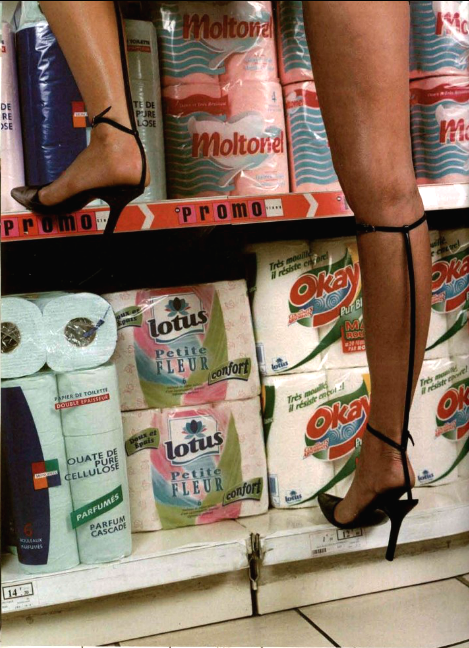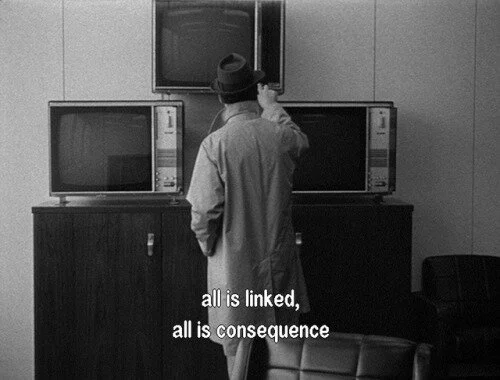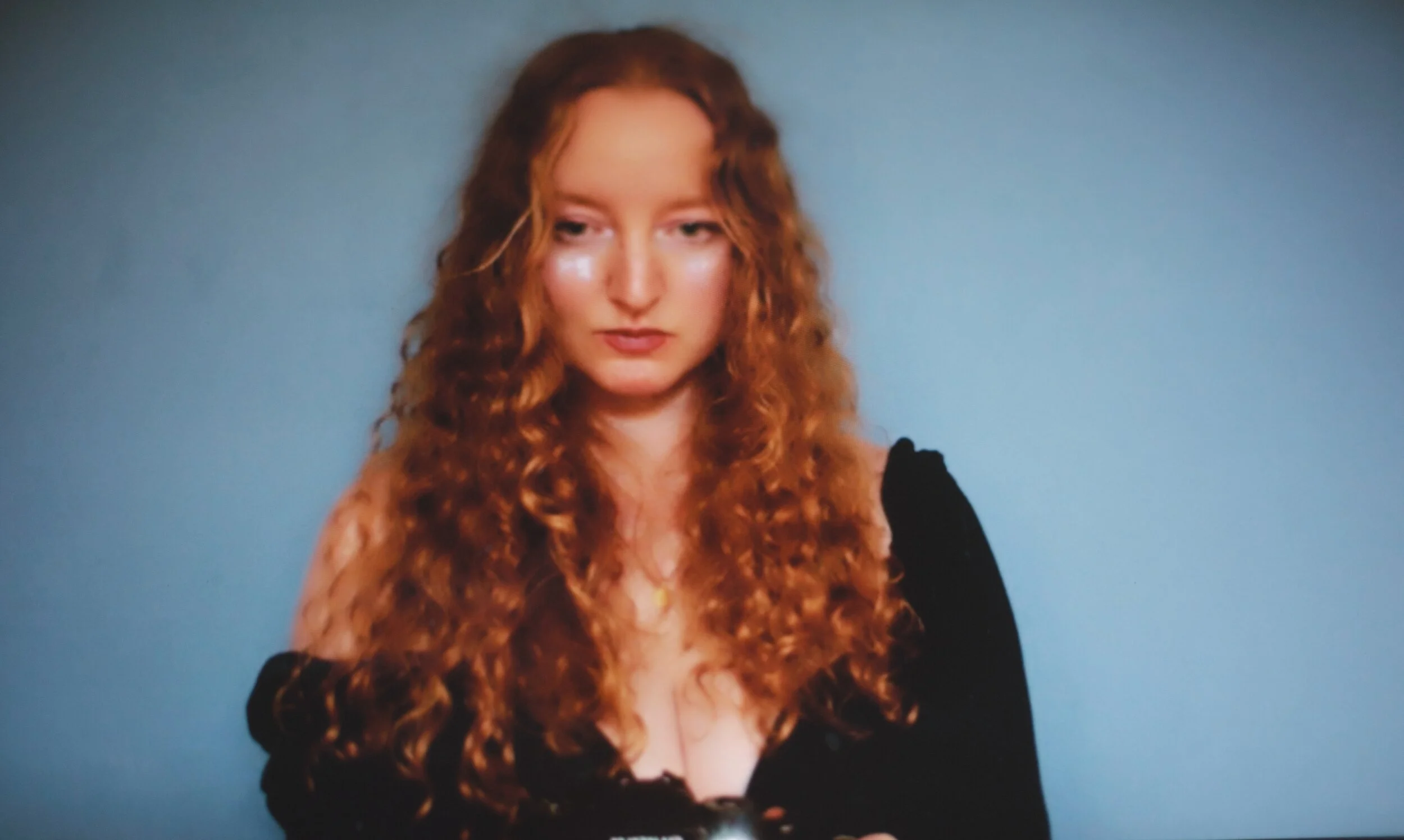
This is an ongoing collection of work that influences me.
You can only make what you can observe and imagine. Art connects us and lets us experience through our own filters what it might be like to live as another and what that means. Our differences connect us as much as what is similar.
Tyler, Eartha Kitt, Chantal Akerman, Monica Belluci, Devonte Hynes, Molly Goddard, Karyn Kusama, Alana Paterson. A snapshot of a list.
Growing up as a strange and curious redhead in the Irish countryside, I could never have observed the spectrum of what a life can be and a person can make through that experience alone.
Helen Frankenthaler, Painter & Printmaker
Helen Frankenthaler is one of the great artists of the 20th century. She moved a whole art form, leading the transition from Abstract Expressionism to Color Field painting. A New Yorker, her work spanned six decades across different mediums but always across expansive canvases. She used sponges, spilled paint, introduced new techniques of blending charcoal and oil on unprimed canvas, and developed a variation of a technique of soak-stain painting, where she poured thinned paint onto raw, unprimed canvas, which was splayed out on her studio floor. She worked with this almost watercolour consistency to create large meditative pools of translucent colour. Her ability to capture a moment without fear and take up physical space and her relationship and dialogue with colour, which feels intimate and innate, feels like being in the company of a bruising talent. It’s work I know I want to see in person, it can’t translate on a screen, but there’s enough to be in contact with — a gentle brush against a stranger that lingers, enough for now. The Frankenthaler Foundation offers a generous breakdown of her paintings online, works on paper, and prints by decade, allowing for a chronology of expression. Witnessing her changing conversation with colour, moving from a busier abstract to a singular more prayerful conversation evokes that feeling of being a young girl who has stayed up long past her bedtime, falling half asleep on the couch listening to dinner party conversations I can’t understand yet. I feel drawn lately to these artists who have had such a prolific career over many decades, their internal excavations, and a continued return to simplicity that required making large, much more entangled choices over a long period. In a letter to author and friend Sonya Rudikoff on September 23, 1990, she wrote, “ I think the older we get the longer it takes to rally, in many ways—and a different set of fears hangs over us.” I admire her sense of rallying in the face of fear, in defense of herself. A few years later in 1997, in conversations with Julia Brown, in New York and Connecticut, during the spring and into the fall of 1997 which appeared in the publication that documents the exhibition After Mountains and Sea: Frankenthaler 1956–1959, she mentions this sense of urgency, “All beautiful painting has a sense of necessity and urgency, as if it were imperative that the artist make this work, that it had to be born. The painting becomes a means of expressing one’s inner gift. It is a catharsis.” To be a woman open in her talent, a defender of beauty, which she was derided for by some critics who valued the sternness and masculinity of her peer Pollack over her more delicate works, and in contract with time that doesn't negotiate, is, to me, an influence that I want to soak in my own personal canvas.
“A line, color, shapes, spaces, all do one thing for and within themselves, and yet do something else, in relation to everything that is going on within the four sides [of the canvas]. A line is a line, but [also] is a color. . . . It does this here, but that there. The canvas surface is flat and yet the space extends for miles. What a lie, what trickery—how beautiful is the very idea of painting.
”
The Statement, by Crystal Pite
The Statement is clever, concise, and forms right around that obfuscating, pleading little knot inside of us all. It undoes it subtly and percisely. Nervous chuckles, then hearty audience laughs fade to quiet attention. Already sold out to rave reviews in Paris and London, it’s now back in Vancouver for Queen Elizabeth Theatre for Ballet BC’s 2023/2024 Season. Choreographer Crystal Pite has an admirable ability to be established but not establishment. Founder of the acclaimed Kidd Pivott, and Associate Artist at NDT, Sadler’s Wells (London), and Canada’s National Arts Centre, she tests the medium of contemporary dance, merging elements of theatrical, and creating something novel.
The piece has a simple basis. Four dancers ripple around a large, smooth, boardroom table while a terse script by another talented Canadian, Oliver winner Jonathan Young, devolves with the performers into ever-increasing and decreasing circles. It feels like a new medium of play, a performance, using all elements within the dancers’ control to convey our collective weaknesses — inability to reckon with the consequences of our failure of action, lack of agency, and naive desires. Only one voice echoes without a body to absorb it, a looming presence that caves down around one dancer. Tom Visser’s ingenious lighting delineates different conversations, creating the effect of multiple spaces on stage. It brought out gentle gasps from the audience.
The choreography escalates into an animalistic, primal physicality, a landscape easily taken to by the dancers who writhe into conflict with themselves, each other, and external forces. It’s thrilling to watch. Owen Belton’s seismic core is a constant reverb that matches the escalation of a rhythm that begins to feel too familiar.
The Statement redefines what a modern Canadian artwork can be on a global stage. It asks us to be unsettled by the characters we play without honesty and not be futile participants in our world.
Lucy Rie, Ceramicist
Lucy is one of those artists I stumbled upon through a fashion blog. Issey Miyake came across a book of hers at a London bookstore and recognized the craft and beauty of her work, the precision and form that she took such care with, while forming something new. They both had shaken loose the foundations of an art form in different ways. Miyake created a collaborative exhibition with her work at the Sogetsu Gallery in Tokoyo in 1989 and published a corresponding book, now rare and out of print, Issey Miyake Meets Lucie Rie, with illustrations of her work. Lucy’s ceramic buttons appeared on his runway, beautiful sculptural elements that inspire among others, Jonathan Anderson. She arrived in London during WW2, 36 years old, and fleeing the Nazis. A young artist, already accomplished, but ready to soak up new approaches, perspectives, and elements of her craft. She turned to making buttons because she wasn’t granted a license to make pots, an untrusted Austrian to the British. She adapted and discovered new glazing methods, which when she could work as a potter again, she intergrated into her pottery, and eventually with a career spanning over six decades, became known as one of the leading ceramists of the last century. In her later years, she adopted bright glazes in hues of yellow, pink, green, and blue. She was always evolving her craft. And still, Lucy didn’t consider herself to be an artist. She found practicality in her work, functionality was important to her. The creation of an environment that was in sync, which had an aesthetic form that flowed from the architecture and interior of the space it was in, into a simple object. She found a sense of universal beauty. Maybe this is what Miyake observed in that book shop, that drew him to collaborate. There is a certain level that masters of craft operate on, it has to resonate at a certain frequency, one that the bystander admires by degree. A simple feeling that this is something beyond the mundane, it is more than pleasing, and this feeling is metred by an understanding of craft. Until it is two people who resonate on that same frequency, who understand the need to create at a certain level. It is rare enough to exist at the same time, so that when they meet, it creates a ripple that continues to take on meaning after they pass. I think this year is for learning more about collaboration and finding a copy of her biography, Modernist Potter by Emmanuel Cooper.
““You know, it’s all risk at the end of the day. I am never sure that a piece works. I mean, I think my relationship to process is such that if the process of making it and thinking about it is interesting and challenging then that’s 90 per cent of the way and that the end product, well then, that’s whatever it is.””
Lorna Simpson, Conceptual Artist
I like people who make you want to spend time with them while they are making things. Lorna Simpson is one of those people. I found myself drawn to her work again recently because I felt the need to play and make collages, and hers are a personal favourite. Mine are childlike, hers have depth and meaning, history and politic, daring and captivating but I like the freedom she expressed in just making whatever you are drawn to make. She talks about authorship and having authorship over your own experience, your actions, your beliefs, and your relationship with self, these are the concepts that I spend a lot of my time thinking of. The phrase conceptual artist comes loaded but Lorna humanizes it with ease. It is necessary to have artists who work in concepts, who work through the archives of their lives, the currency of their experience, and ground it in the present. The magazines your grandmother read, the borough you grew up in, the woman you are now. A body of work that feels connected though told in different mediums, all with skill, all marked by her own authorship that feels brave and innate all at once.
Nick Cave, Singer/Songwriter
For me, Nick always captured the space of a man in conversation with someone larger. He feels as if he is looking upwards and outwards, a deep resonant voice, which is needed to reach beyond this time and space. He holds loss in this throat, his own and that of someone else. His catalog is a series of hymns for imperfect believers - asking the questions shared by those on their knees on quiet nights, hugging the bends on badly lit roads, stopped on the side of a mountain on a hot day when the grass is burned before them, waiting. Scarring on his face, thick eyebrows under a fierce gaze, a higher forehead, a body that folds lean and awkward all at once - he is not made for convention.
Bright Horses is the song that brings me in. It shreds romance; the horses are just that, everyone is cruel, and yet:
oh, well, this world is plain to see
It don't mean we can't believe in something, and anyway
My baby's coming back now on the next train
And maybe that’s the crux of a Nick Cave, aware of what is and yet deeply willing to travel forward in good faith.
Anne Hollander, Art Historian
What do you mean by Fashion?” the interviewer asks the silly woman, thinking why can’t women just stay in their little places. She answers, "I mean the desire for dress to keep altering its basic look. To keep in that sense every year altering the way it looks, so there is a constant continuum of formal change is set in motion, [she gestures with fluidity, he tries to interrupt] that never resolves. He continues to interrupt with his silly little thoughts.
Anne was one of those (rare) people who informed her thoughts on modernity through history. Her writing was beautiful:
“But the modern camera began to suggest the absolute contingency of anything elegant, even something in itself stiff, thick, and still. Since the thirties, fashion photographs have continued to emphasize the dependence of desirable looks on completely ephemeral visual satisfaction, the harmony of the immediate moment only, which exists totally and changes totally. Transition to the next moment occurs by no visible process. Meanwhile the clothes that make people fit into such images are now often made out of inexplicable fabrics and by unseen means, in industrial processes that can also be swiftly adjusted to make whole new sets of garments in great numbers on short notice, each meant to live for a few perfect moments and then be replaced by the next.” Excerpt from her article, Fashion Art for Aperture, Winter 1991
I find myself looking to these women, so sure, playful, with prose and depth, and remind myself to be more curious, and keep asking every question that comes to mind.James Barnor, Photographer
A giant, a friendly giant in the world. British-Ghanaian photographer James Barnor brings a sense of joy and alertness to his work. A body of work that celebrates a wealth of community. He is a pivotal eye in modern history, a protector of culture, an instigator, an artist.
Deana Lawson,
Photographer
We all have a family. Maybe they are estranged, beloved, made foreign, our whole world, or made years later by crux and necessity, but family is universal. And anything universal has some truth rung bell ringing in the background, calling us in to hear. Deana Lawson rings a bell and makes me fall silent. I examine every corner and take in her photos at once, apart, and in waves. I know they’re not meant for me and I know they are illuminated with history and present conversations, lineage, and rested power.
Deana Lawson, Sons of Kush - 2016Deana Lawson, Young Grandmother - 2019 Karen Kusama, Director
I remember watching an episode of Billions [Ep 110] and thinking this was a grade above every episode of a show I was struggling to enjoy. It finally captured the talent of Maggie Siff and it played at the edges of death, remorse, and futility in a way that landed with me. The credits came up, “Directed by Karen Kusama”. And I understood. I had felt that same comfortable unease watching The Invitation, another piece I had walked into without expectation. A handling of grief that demanded attention and unravelled a wreath of tension that I was unaware of gripping onto with bare hands. Great storyelling does that, it unearths in you relations between yourself and your unwatched self. And so I rewatched Jennifer’s Body this Halloween and I found myself joyously laughing, the power of teenage girls unmatched and unleashed, the savagery that females have for each other, Karen unboxes us with such ease and purpose, and leaves the veneer in place, on top, cracked in just the right spot. Master. Mistress. Director.
Photography by Dru Donovan The 70s
I know the 70s is a trend about to unfold on us now. A cute and modern rendering of fashion and music will the superficial focus but I think what we're drawn to is the grit of the 70s. It was a strange period. It's something I'm going to be digging into a little over and sharing some imagery, text and thoughts here over the coming weeks.Where I discover Peter Bradley





J. Michael’s and Francois de Menil,
Rothko Chapel, 1970′s
Rare Film of the Rothko Chapel after it’s opening in 1971. Rothko worked closely with Philip Johnson, on the plans, and then with Houston architects Howard Barnstone and Eugene Aubry who completed the building.

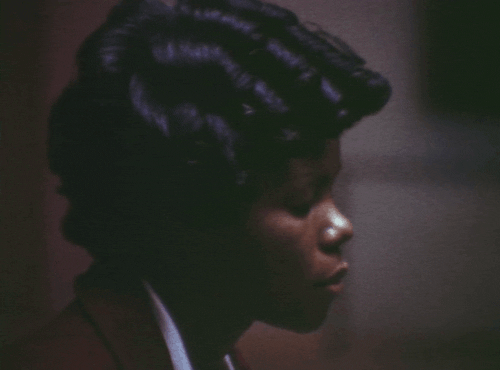


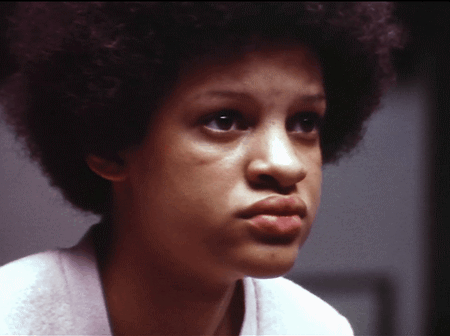
Husbands (1970)
Written and Directed by John Cassavetes


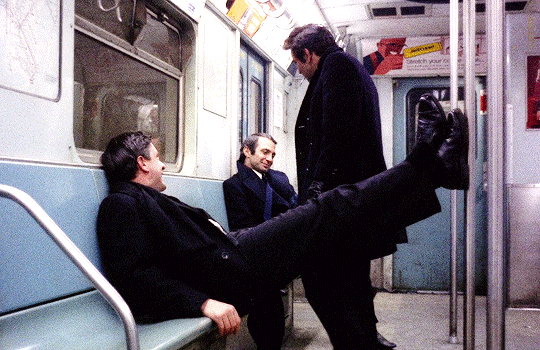

The Rider (2017) - Chloé ZhaoThe Mustang (2019) Laure de Clermont-Tonnerre 1980s fashion illustrator, Tony Viramonte
(1956-1988).
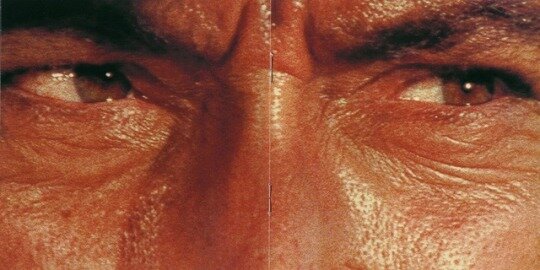

Horace Ové
I
Harakiri (1962) [Director: Masaki Kobayashi / Cinematographer: Yoshio Miyajima]Hussein Chalayan SS98 by Donald Christie, featured in i-D magazine October 1998SURF CURSE
Akinola Davies
Everything he does is that good. On my list of people I would be blessed to work with.LINK‘untitled’ - 2020 - Upton Gym, Baltimore. Photo by Devin AllenKeanu Reeves in Johnny Mnemonic (1995)Walter Mair
Original music from the Jack Thorne series 'Glue'- aired on Channel 4 in 2014supermarket by sabine villard, jalouse 2000Frank Ocean’s Boys Don’t Cry Magazine (2016)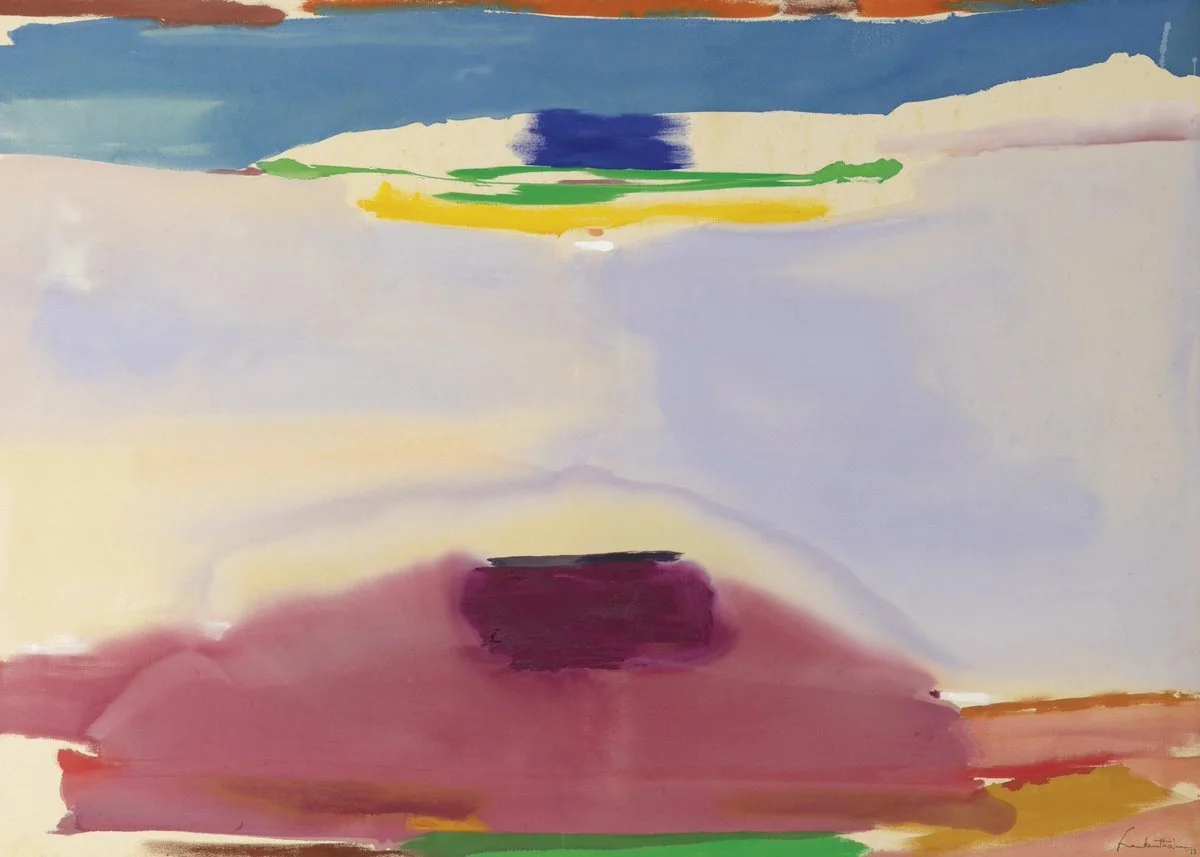
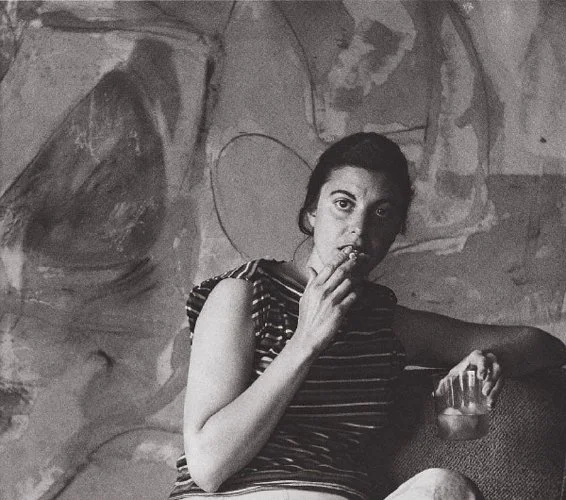
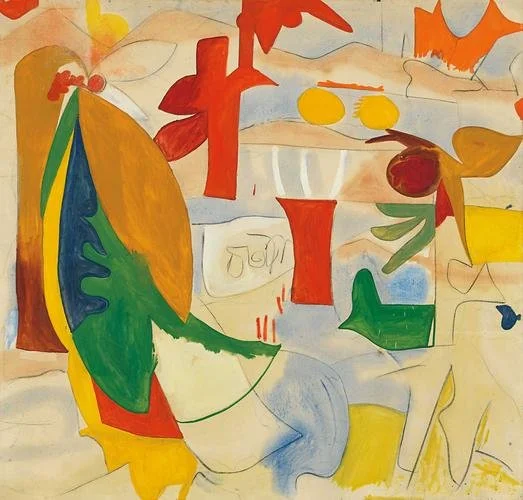
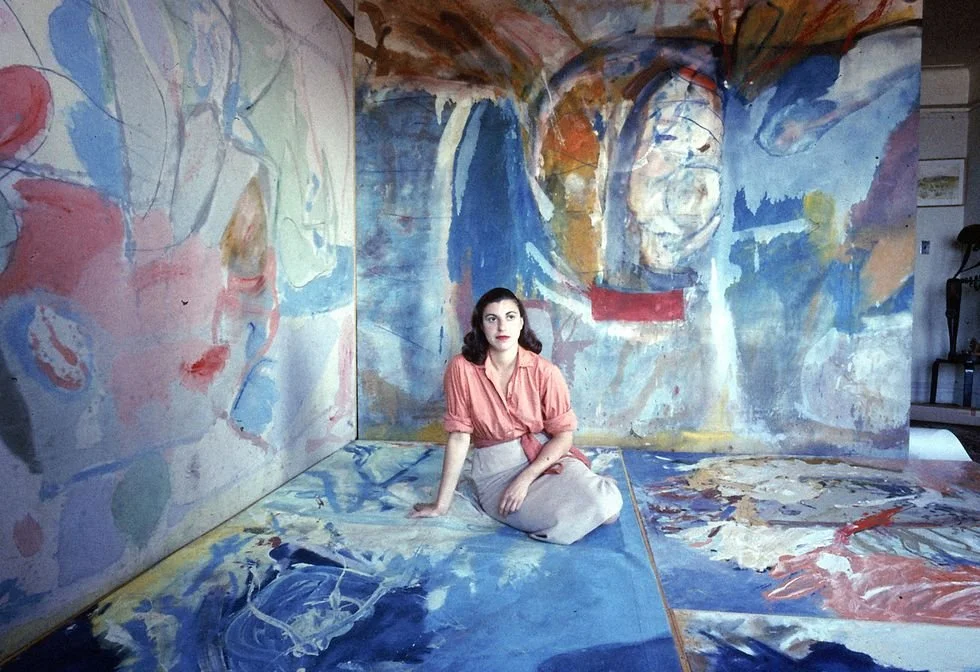
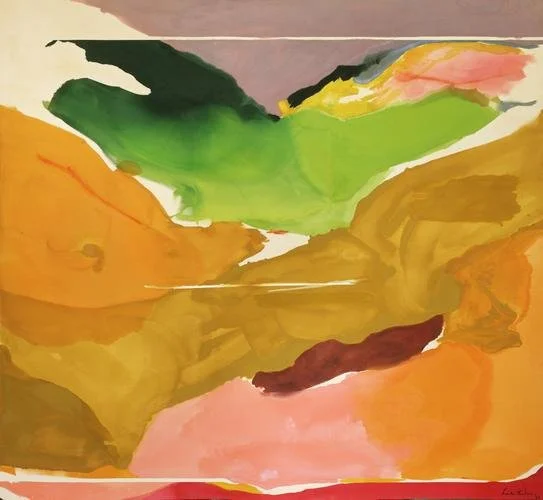
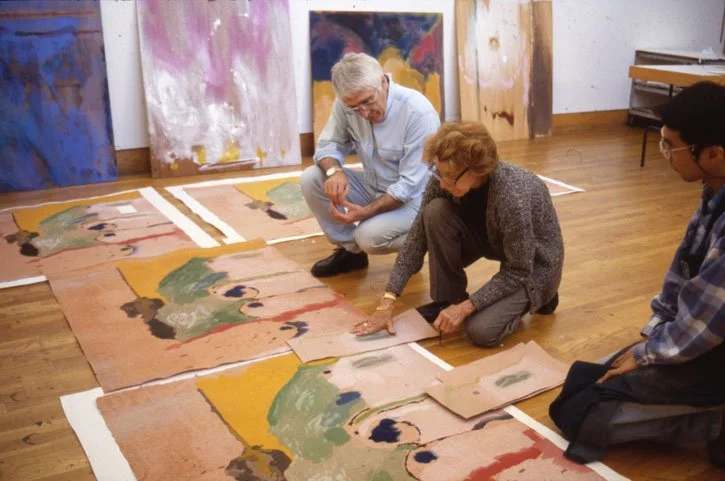

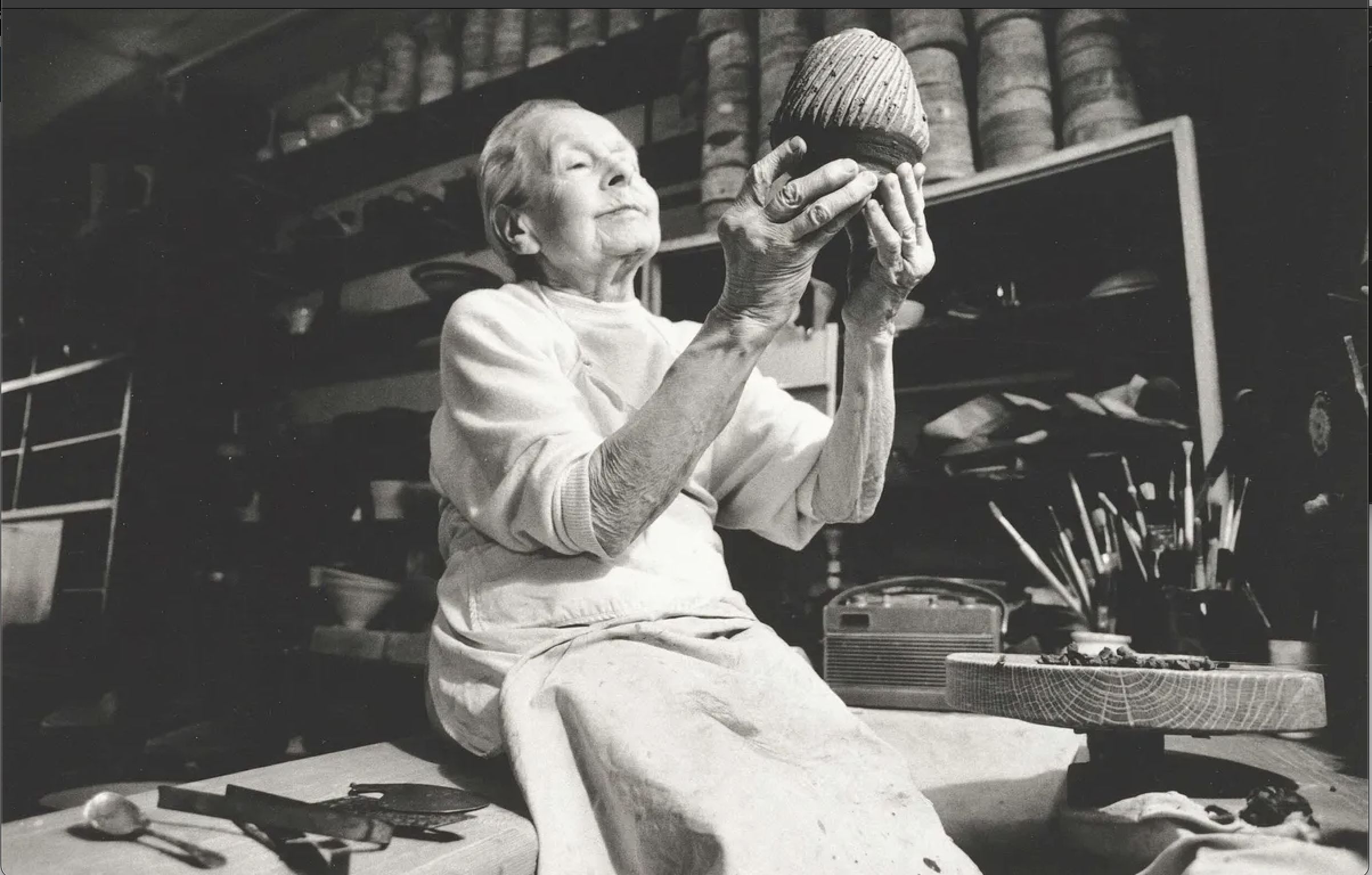
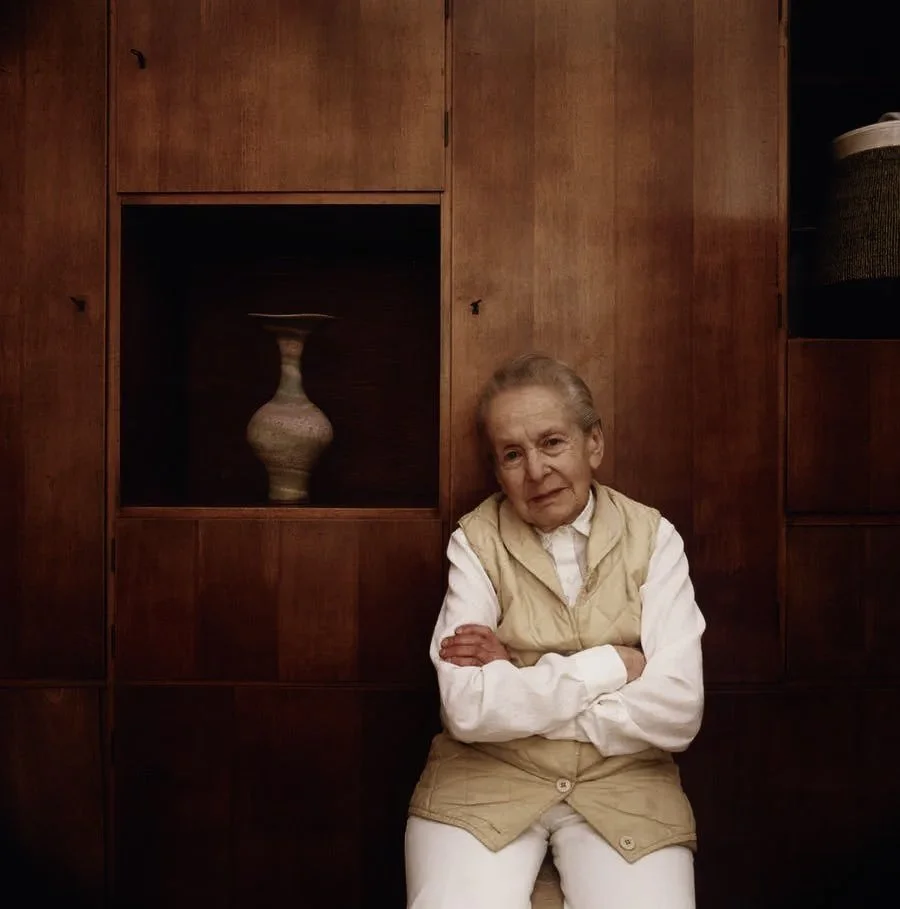
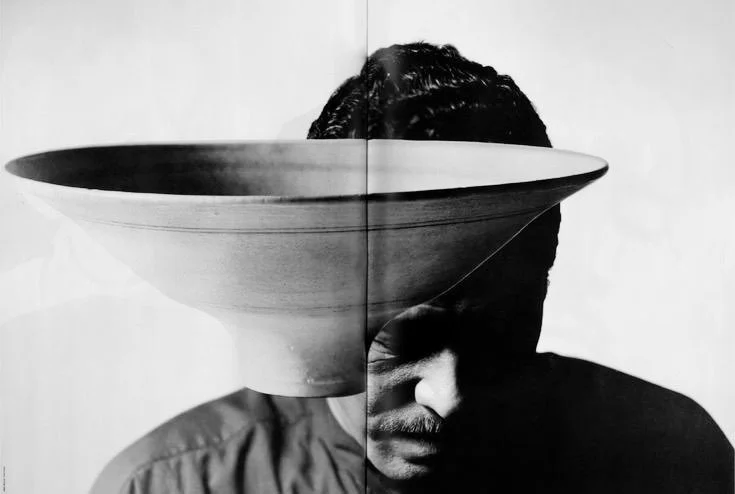
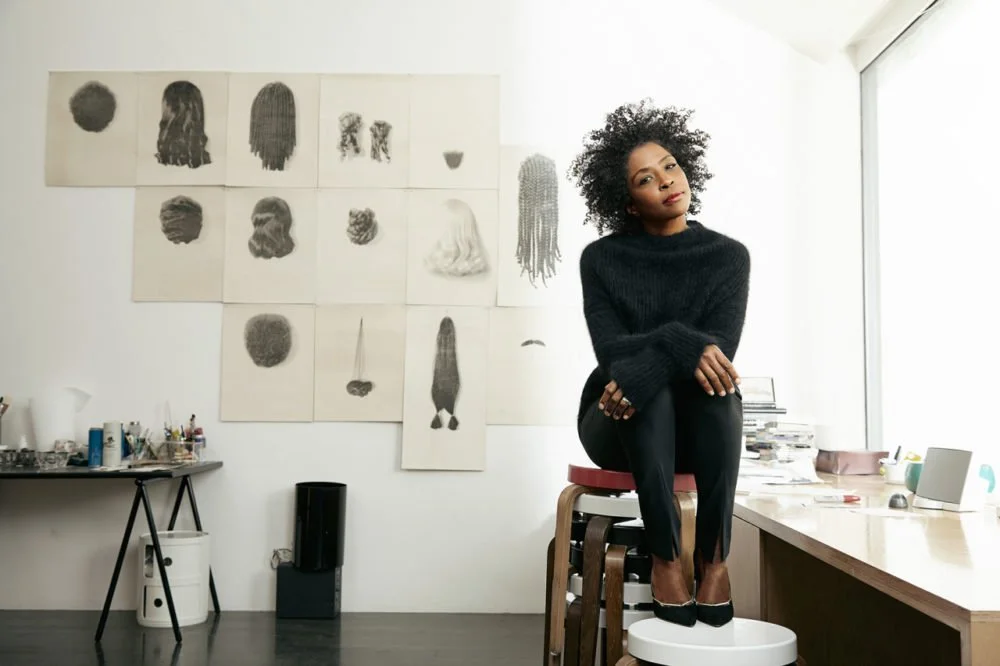
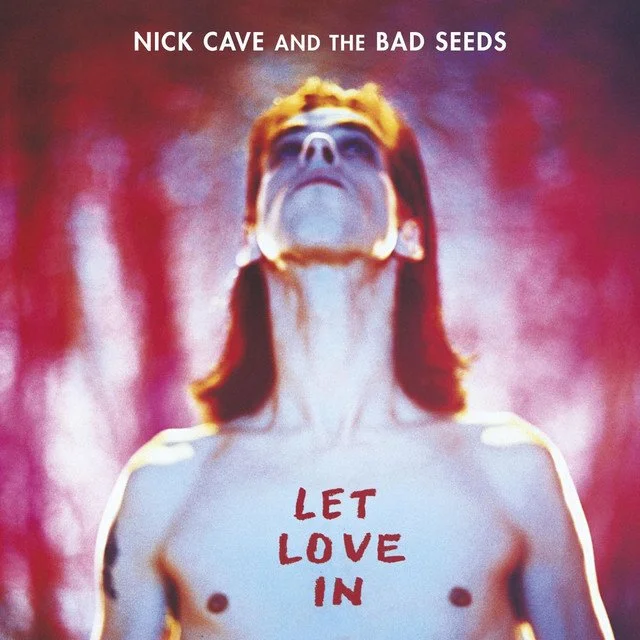
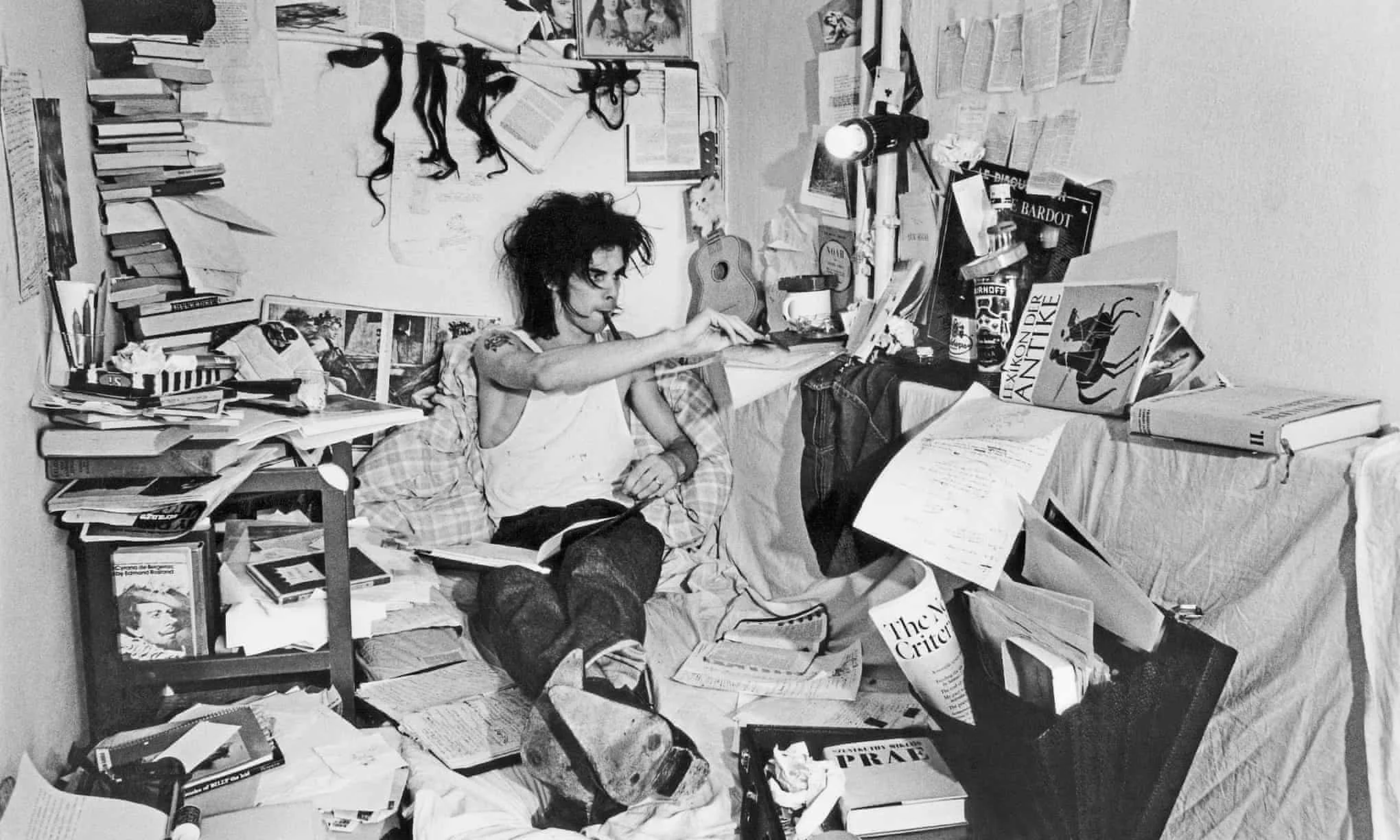
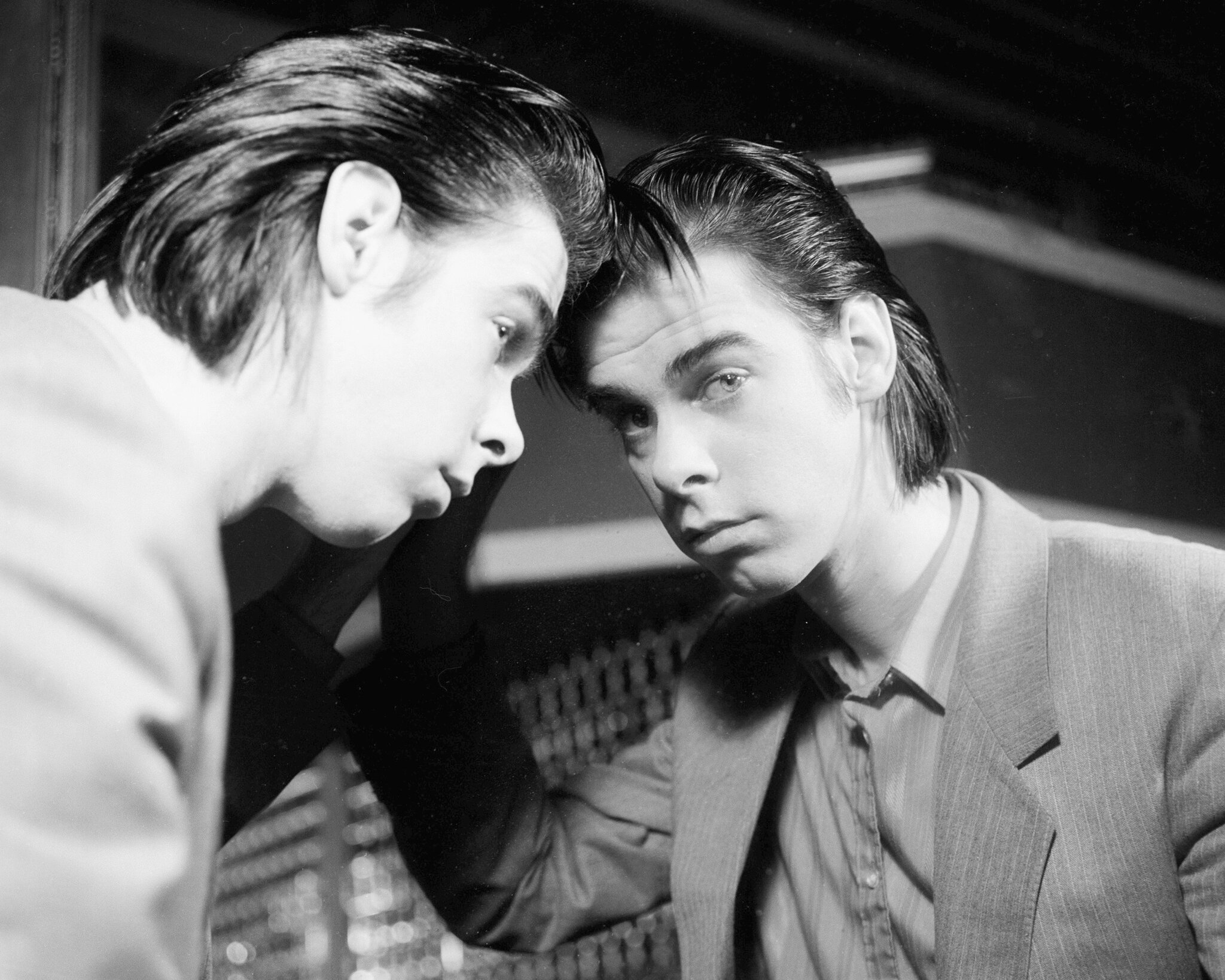

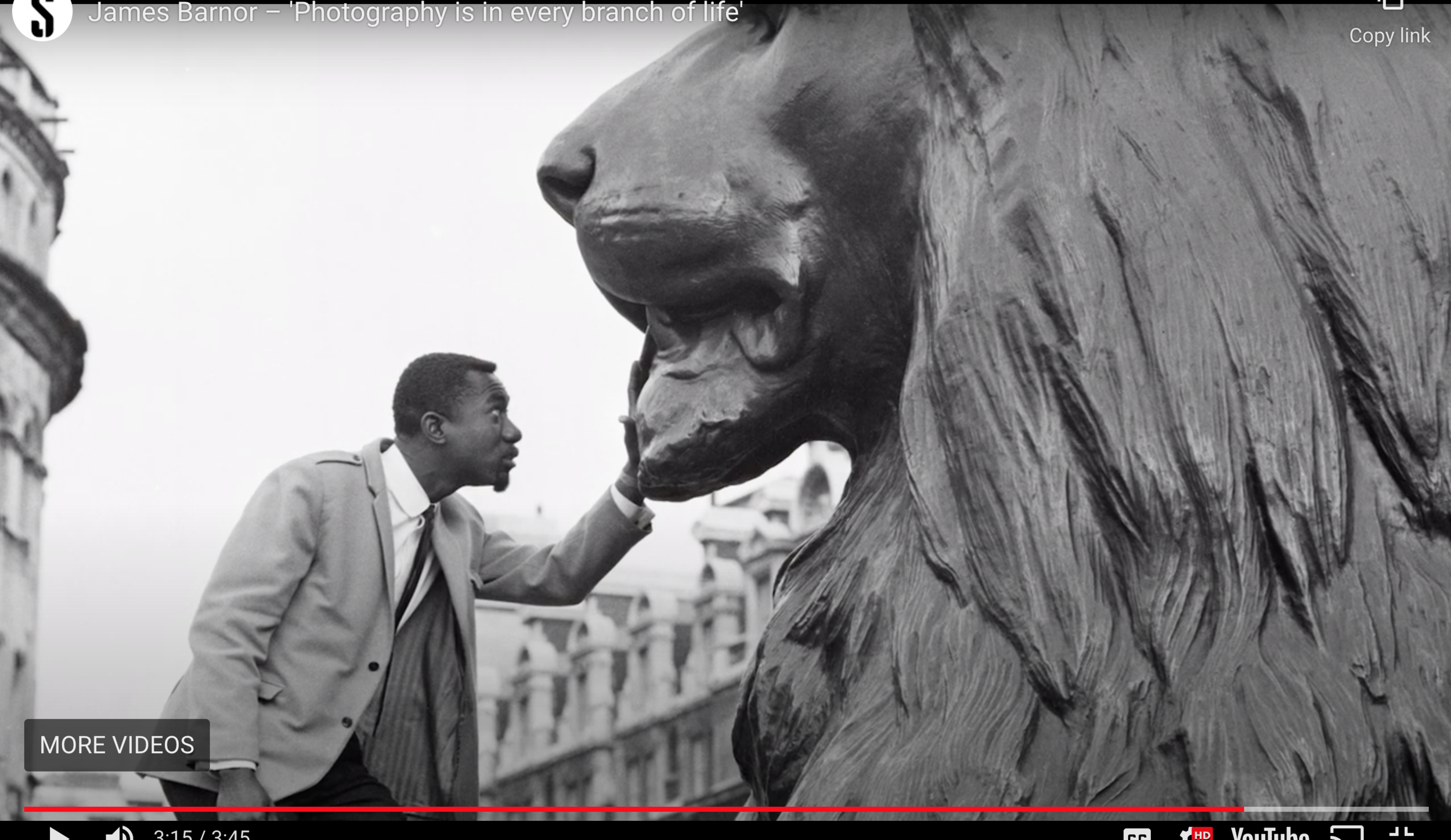
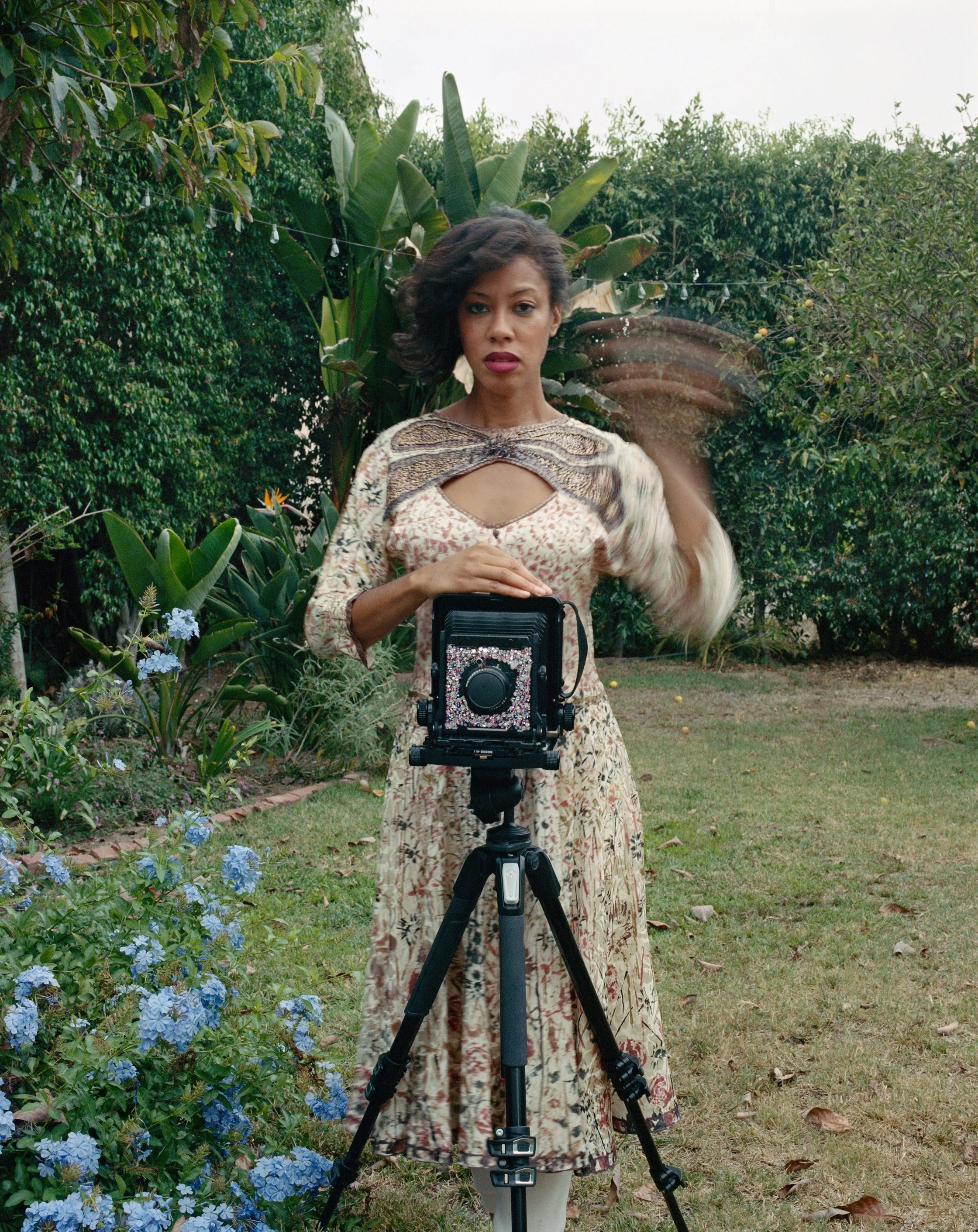
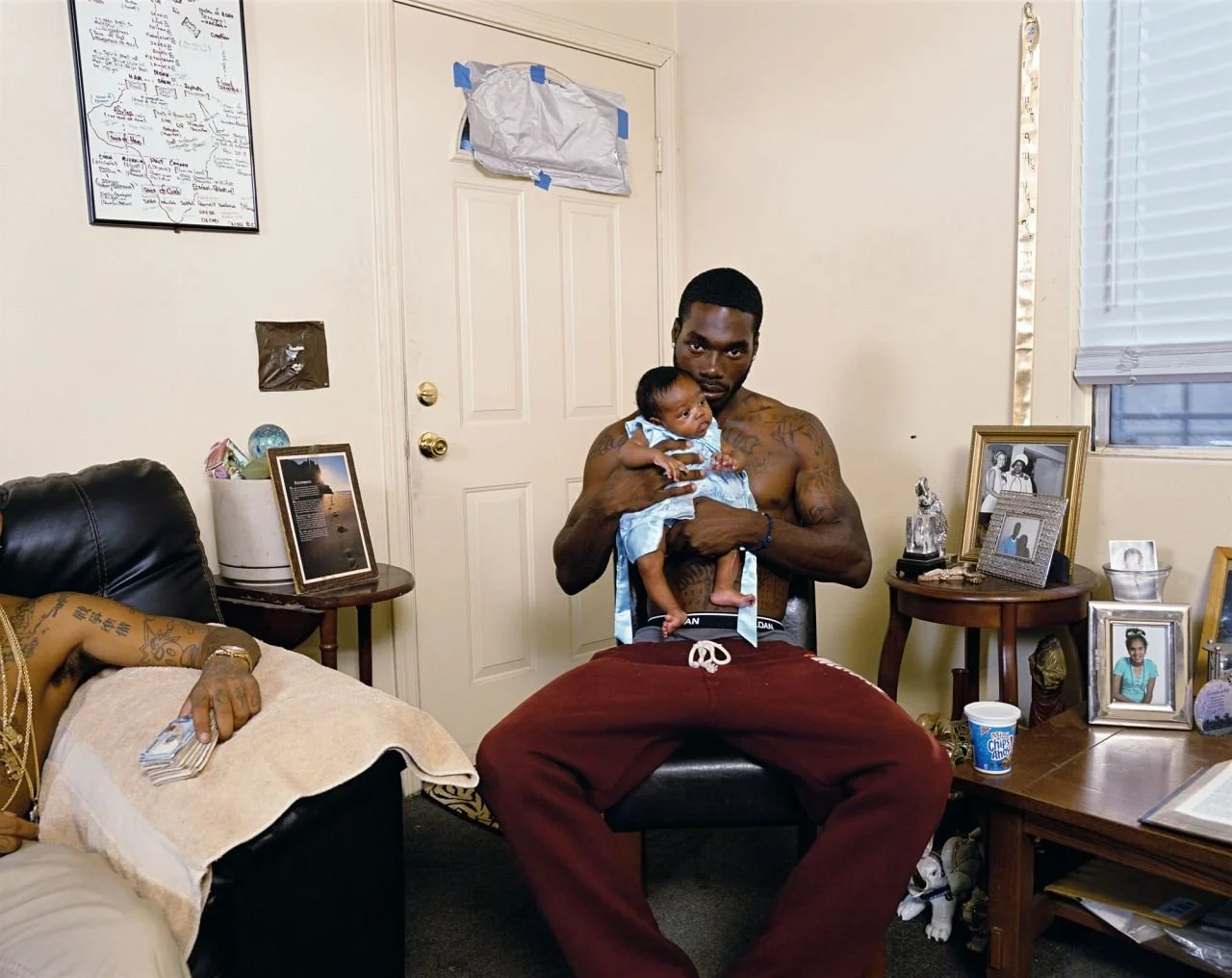
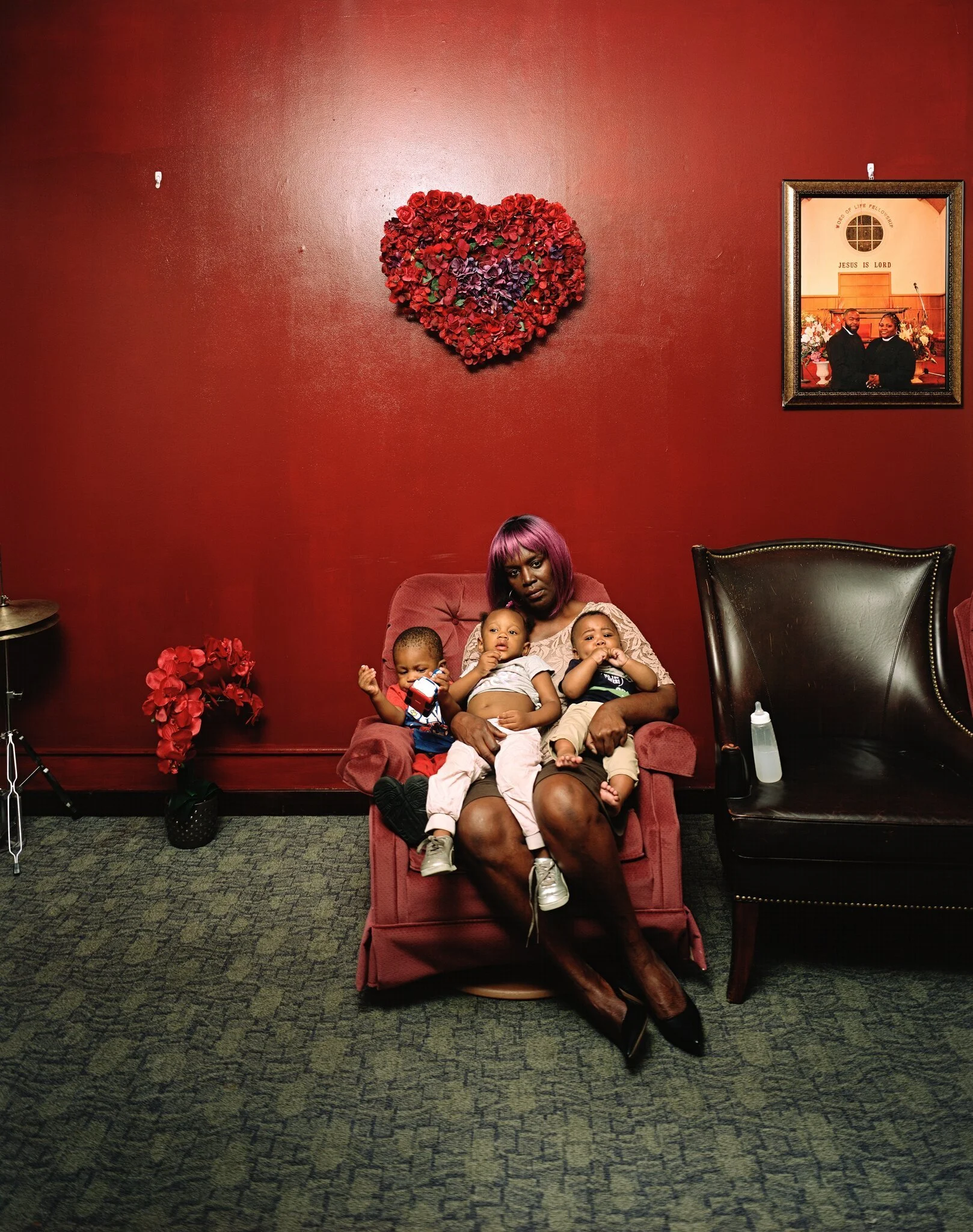
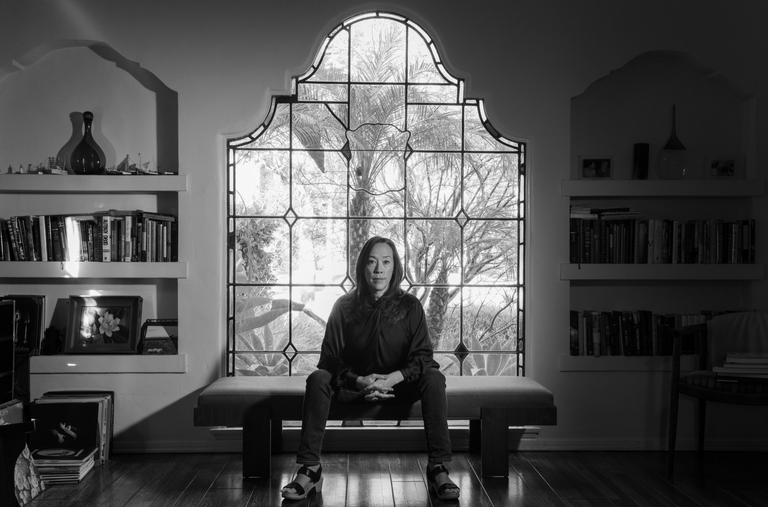

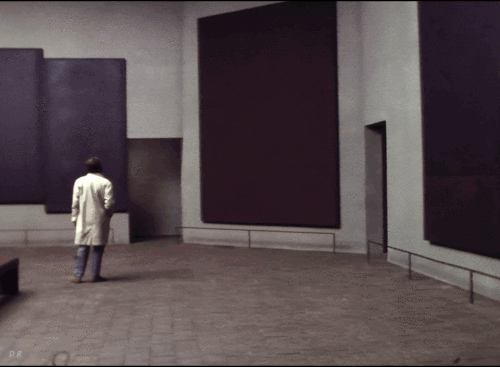
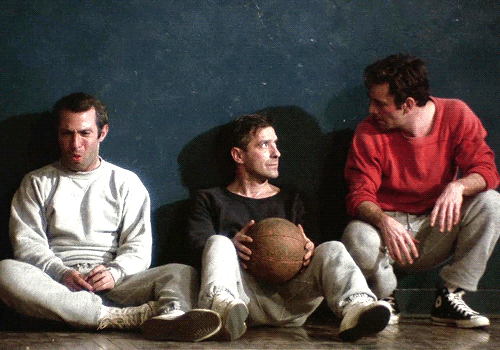


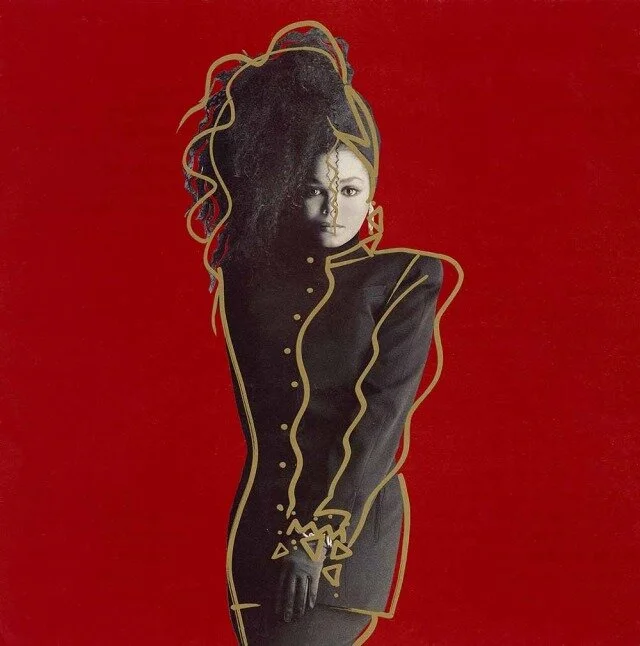
![Harakiri (1962) [Director: Masaki Kobayashi / Cinematographer: Yoshio Miyajima]](https://images.squarespace-cdn.com/content/v1/5e3bacf02bae641291b6c33b/1582516368480-YEX2C4FTZUOD2JGXV3GY/tumblr_f6ff851ad4fed338e422fd6ee5091366_325e9767_1280.png)




